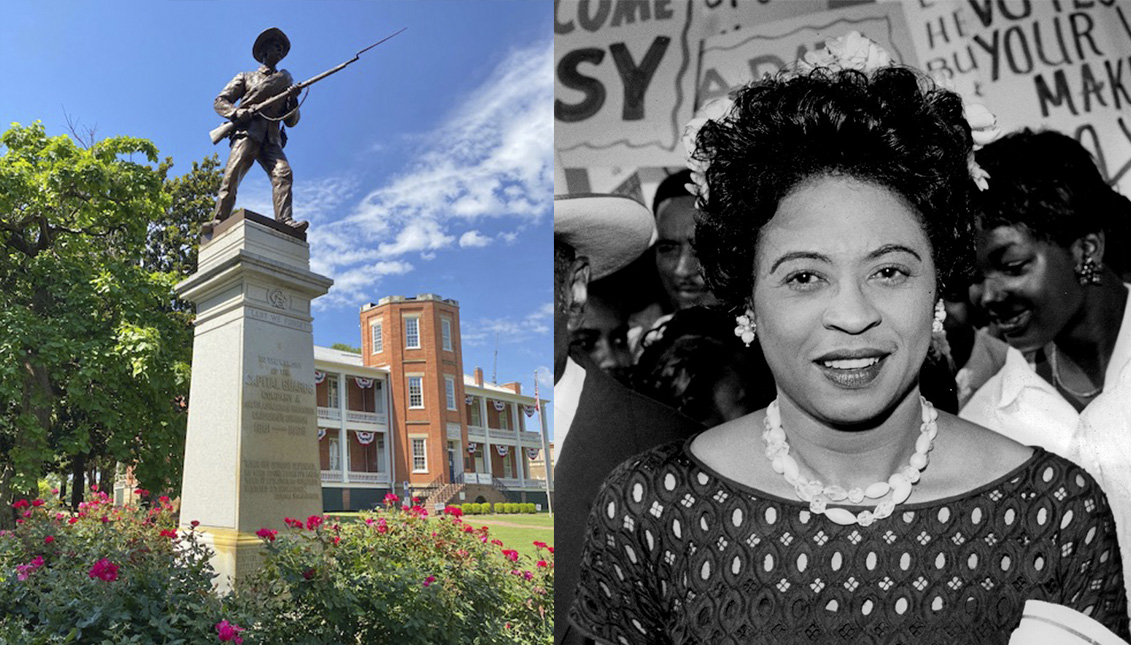
Arkansas funds a statue of civil rights activist Daisy Bates
Daisy Bates was born in Little Rock and was one of the few women to speak out during the 1963 March on Washington.
Lawmakers in Arkansas planned to restore the MacArthur Museum of Military History building, but will use the $1,000 grant from the Department of Heritage to erect a statue in honor of Daisy Bates at the U.S. Capitol. The decision was explained last Wednesday by the mayor of Little Rock, Frank Scott Jr., along with Arkansas Gov. Asa Hutchinson, who want the effigy of the Black civil rights activist to take the symbolic place of another statue. In this case, the statue of a Confederate soldier that Scott had removed from a park in Little Rock in June, during the protests over the death of George Floyd and against racism across the country.
"Governor Hutchinson and I are working on a very friendly agreement that we will continue to work on," the mayor said. "It is very thoughtful of Governor Hutchinson to transition these dollars to the statue of Daisy Bates that will be built at our nation's Capitol."
According to Little Rock City Council spokeswoman Stephanie Jackson, the deal has yet to be finalized and it is not yet known how much of the grant money will be used to fund the statue of Bates, who was a daughter of Little Rock and also one of the few women to make a speech at the 1963 March on Washington.
RELATED CONTENT
The well-known activist played a major role in the early days of co-education, mentoring the Little Rock Nine, a group of African-American students in police custody who entered the city's Central High School three years after educational segregation was abolished.
The Arkansas government's decision is not new. Last year, legislation was passed to replace some statues of characters symbolizing dark parts of the past on Capitol Hill with much brighter ones, such as former American Bar Association president Uriah M. Rose or Arkansas Senator and Governor James P. Clarke, who are now in the Capitol Statuary Hall.
In time, the effigy of Daisy Bates will be one of them.











LEAVE A COMMENT: